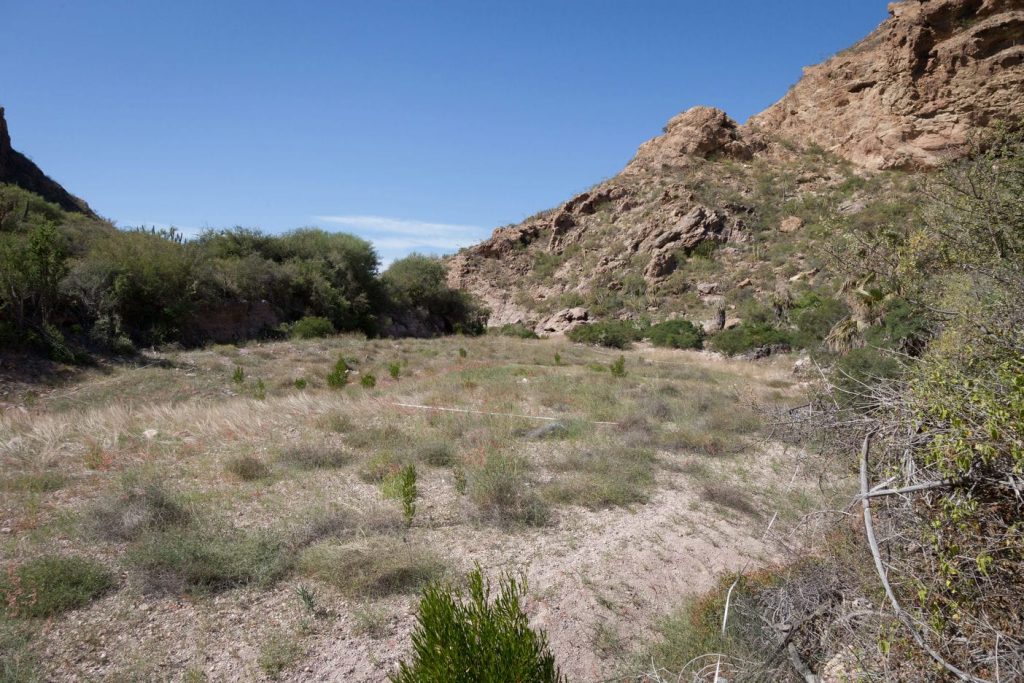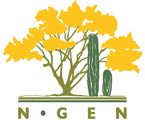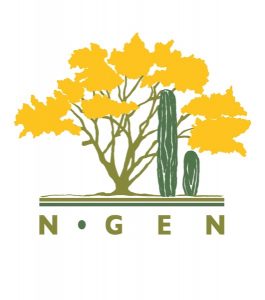
Title: Long-term, Cross-site Monitoring of Desert Ecosystems
Convener: Seth Munson
Participants: Maria Jose Espinosa, Cathryn Marlett, Richard Felger, Juan C. Alvarez, Kim McCue, Jennie Duberstein, Pacifica Summers, Martha Gomez, Elisabet Wehncke Ivone Giffard, Karina del Carmen, Lugo Ibarra, Xavier Medellin, Osvel, Hinojosa, Salvador Galindo Beaf, Carmen Gutierez, Barbara Larrain, Sue Rutman, Omar Cadera, Blanca Romero, Alfouso Medel, Greer Dolby, Bill Broyles, Scott Bennett, Rafael Roufson, Raymond Turner, Ben Wilder, Andres Lira, Danielle Carter, Tram Nguyen, Alexis Rife, Evelyn Rios, Lyn Loveless, Larry Venable Angelina Martin Yrizar, Rodrigo Medellin, Enriquena Bustamante Ortega, Carolina Trujillo Lopez, Brigitte Nerozzi, Hector Perez Poig, Alexandra Valencia, Ocatvio Aburto, Gloria Cina Valdez Gardea.
Discussion:
Seth and Ray Turner gave a general powerpoint presentation on long-term monitoring of vegetation in the Sonoran Desert, with emphasis on the Desert Laboratory. Examples of the advantages of using a cross-site approach to address research questions at broad spatial scales were also presented. Discussion then pursued on the following topics:
1)Examples of long-term monitoring: National Parks, Marine Reserves – Scripps (La Jolla), San Pedro Martir (sp?), LTER, ILTER – but big gaps for Sonoran in LTER network, CONAN (sp?), NEON. These past monitoring programs provide examples of how to start and maintain a new effort.
2) How to organize and fund long-term research within a network of sites. Many challenges, especially difficult to bridge across sites and deal with short-term funding cycles (although desert veg is long-lived and doesn’t need to be monitored every year), problem with disturbance (i.e. grazing) at long-term monitoring sites in Mexico, deciding where to monitor. Funding could come from Biosphere Reserves, National Parks or other entities already organized in networks. Engage managers and decision-makers.
3) How to design a monitoring program. The need to standardize/institutionalize protocols, timing of measurements needs to reflect the longevity of the organism, Examples of successful efforts were given, including NSF-based LTER, ULTRA, NCEAS, ESA Ecological Archives, National Phenology Network, Breeding Bird Survey, Avian Knowledge Network. Definitely important to consider using existing/past data to inform how to design a new network (data mine) and build on what has already been done.
4) Benefits of using citizen science, volunteers to expand effort – although still need to quality check data, get experts to verify.
5) Can use new tools to expand spatial scope – remote sensing/GIS
6) What we can do as a group to initiate building a cross-site, long-term network in the Sonoran Desert. Researchers can begin by establishing permanent plots, even if fate of them isn’t known. Find other researchers who are doing similar research at a different site with similar objectives. It takes trust, confidence, and reciprocity to build collaboration. Eventually, gain support in numbers and go after big funding. Use group like Sonoran Next Gen to make this happen. Would be useful to have a clearinghouse or centralized place to disseminate research results and learn what has been done. We need a central theme to attract funding agencies and short, concise ideas to go into a proposal. Facilitate this happening by soliciting everyone from this meeting to state research interest, where they work, datasets they have (and whether they’d be willing to share/collaborate), and the time of data collection. This list will help us determine nodes of network and where we can build connections – maybe even georeference with map (Scott Bennett might be able to make map of where people work), this list could grow by getting others involved. This topic came up at the Social Network group, so we really have a strong incentive to make this happen!


